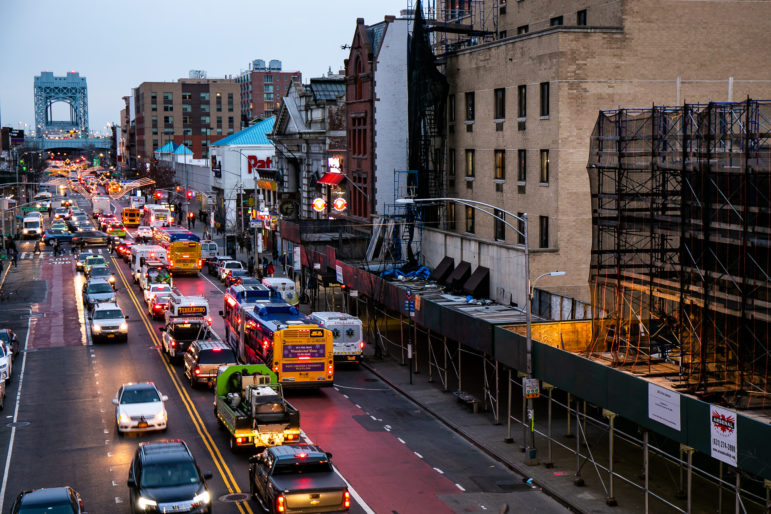
Adi Talwar
The second phase of the 2nd Avenue Subway will extend the Q train from 96th Street to East Harlem, with new stations to be built along Second Avenue at 106th and 116th streets, and at 125th Street between Lexington and Park avenues.
This story was produced through the City Limits Accountability Reporting Initiative For Youth (CLARIFY), City Limits’ paid training program for aspiring public-interest journalists.
Last month, the MTA announced it had reached a “major milestone” in its ongoing Second Avenue Subway project: The Federal Transit Administration had reviewed the MTA’s environmental impact assessment for Phase II of the plan—which will bring three new subway stations to East Harlem—and issued a “Finding of No Significant Impact.” The designation means updates made to the original designs for the new stations, first drafted more than a decade ago, were found to pose no “additional significant adverse impact on the environment in the construction area” according to the MTA.
The agency heralded the news as a victory that will allow it to move forward in its plans for the new stations, which will be built at 106th, 116th and 125th streets, connecting to the three Q train stations that opened in 2017 on the Upper East Side under Phase I of the Second Avenue Subway project. Phase II “will provide a number of benefits for the East Harlem community” including shorter commutes and a boost for the local economy, the MTA predicted in a press release.
But some East Harlem residents are less optimistic about the prospect of the new stations, and are particularly concerned about the potential disruption caused by their construction, which is estimated to take about nine years. In interviews with City Limits, residents expressed worries that the lengthy buildout will harm small businesses along Second Avenue, as it did for many shops on the Upper East Side during Phase I.
The MTA might also need to acquire dozens of properties in the neighborhood to build the new sites, potentially displacing up to 505 employees and 170 residents, documents show. Others are concerned that the future stations, once complete, will make the area more marketable for realtors, speeding up gentrification.
“This community is going to get more harm than benefits,” from the project, says Pilar De Jesus, a board member of East Harlem Preservation and a community activist who focuses on tenants’ rights and community development.
She’s lived in the neighborhood for decades, and worries that longtime tenants and shop owners—many of them immigrants and people of color—will be the ones displaced by the subway construction. The neighborhood is already struggling with the effects of gentrification, as well as a city rezoning passed last year that allowed for additional development in some parts of the neighborhood, she notes.
“Why doesn’t the MTA spend their money on correcting the issues they’ve got with their current train lines before they want to start harming communities of color?” De Jesus asks. “According to the MTA and to the hipsters—because this is the hipster train—this is going to be great. It’s not.”
The plan
In July, the MTA released a Supplemental Environmental Assessment for the Phase II of the Second Avenue Subway, an update to the Final Environmental Impact Statement released for the project in 2004. The second phase will extend the Q train from 96th Street to East Harlem, with new stations to be built along Second Avenue at 106th and 116th streets, and at 125th Street between Lexington and Park avenues, where riders will be able to connect to the Metro-North as well as the 4/5/6 subway line. Construction of the new stations is expected to wrap up in 2029, according to MTA documents.
Each new station will have at least two entrances, as well as two “ancillary buildings” housing mechanical and electrical equipment, the plans show. Building the new facilities will require the MTA to purchase a number of existing properties around the station sites. While the exact sites it intends to purchase have not been finalized yet, a list of potential sites includes 36 and 39 properties that the MTA could need to acquire in full, and another 4 to 5 sites that may need to be partially acquired, according to the plans. These acquisitions would displace an estimated 175 residents from 65 residential units, as well as between 157 to 505 commercial workers in the area, documents show.
“Not only are you going to displace the residents, you are going to displace and cause harm to the people who make a living, who have been making a living in this community for decades,” De Jesus laments.
In selecting the potential sites, the MTA says priority will be given to vacant and underutilized properties, “with the intention of avoiding occupied residences, historic sites, active commercial uses, and parks and recreational spaces, where possible,” documents show. The design will also incorporate retail spaces on the ground floor of each station’s ancillary buildings, which could allow for displaced commercial tenants to return to the area once construction is complete, according to the plans.
The MTA does not yet have a timeline for when the list of properties it plans to acquire will be finalized, a spokesman said. The process for compensating and relocating those displaced by the project will follow the procedures required under the state’s Eminent Domain Procedure Law and the federal Uniform Act, as was the case for those affected by Phase I of the Second Avenue Subway project, which impacted about 60 apartments and 18 commercial business, according to testimony at the time. The laws “require that MTA compensate property owners for the fair market value of their property,” the MTA said in documents released last month responding to public comments it received about the plans.
“The Phase 2 plans are still under development, but will endeavor to relocate commercial tenants to a space comparable in size, rent, and geographic location to the one they had previously occupied,” the documents note.
For displaced residential tenants, the MTA will “investigate all opportunities to place displaced residents in affordable housing units,” and to ensure “fair and reasonable compensation” for their moves, with an effort to keep them within the neighborhood “unless not desired by the affected party or impractical,” according to the plan.
Impact on businesses
During the first phase of Second Avenue Subway, the Upper East Side endured years of noise and dust, and construction had a significant impact on businesses in the neighborhood, where nearly half of those in the construction zone closed or relocated during the first five years of work, according to a 2015 report by Gotham Gazette.
Business leaders in East Harlem are similarly apprehensive about how Phase II construction will affect the shops and neighborhoods in their area. Pablo Guzman is program manager of East Harlem Working Together, a small-business development program run by Union Settlement. He has family who lives on the Upper East Side, so saw firsthand how the subway project impacted businesses there.
“A lot of the businesses that were kind of weak, they collapsed, they had to close, and only those who could stand the years of low traffic, low customers and noise and dust and everything, could enjoy the benefits—the later benefits of having the subway service in the area,” he says.
Despite efforts by the MTA to engage with the community—it held a public meeting about the plan this past summer, and opened a “community information center” in a storefront on 125th Street —Guzman feels many business owners in the neighborhood are still unaware of the changes in store.
“For a bunch of businesses, it’s gonna be hell, unless we can come up with some inventive way to protect them during construction,” he says, adding that he would like to see the city, state, or MTA come up with a way to help subsidize businesses that experience losses because of the work.
He says he would also like to see someone do an assessment of the current East Harlem businesses along Second Avenue, in order to better quantify the impact of construction later on.
“So we have a base for comparison when things go south after the construction,” he says.
The MTA, for its part, plans to do “extensive community outreach” to keep local businesses informed about the project, and will create a retail advisory committee made up of business representatives in the affected areas, according to documents. The agency will also provide businesses with “fence wrapping and signage” to make sure they’re still visible to pedestrians amidst the construction chaos, the plan states.
“If you look at Phase I there was a lot of disruption, and some businesses failed—it was difficult,” says Henry Calderon, head of the East Harlem Chamber of Commerce, who says he would like to see some kind of tax break offered to store owners affected by the project.
The Chamber is also working with businesses’ insurance companies to try and get them covered through business interruption insurance, which could potentially help cover revenue losses caused by construction.
In the long run, however, Guzman thinks the Second Avenue Subway will bring good things to the East Harlem business community, as it will open up the thoroughfare to new customers and potentially spur more retailers to set up shop there. He says he would like to see more entertainment options come to the neighborhood, like theatres, restaurants and music venues.
“With the subway, there will probably be new housing being built, there will be more people walking on the blocks—not just across, but up and down Second Avenue,” Guzman says. “So that could bring more stores and more businesses.”
East Harlem has the benefit of hindsight, he adds: The community can look at what happened during Phase I of the Second Avenue Subway and hopefully learn from it.
“We look at what happened in the past, we look at the Phase I and the things that happened there both positive and negative and try to avoid as much as we can the negative and try to increase the positive,” he says. “At least we have a blueprint to look at.”


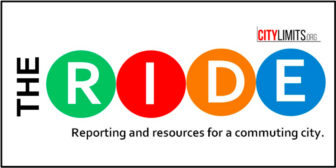
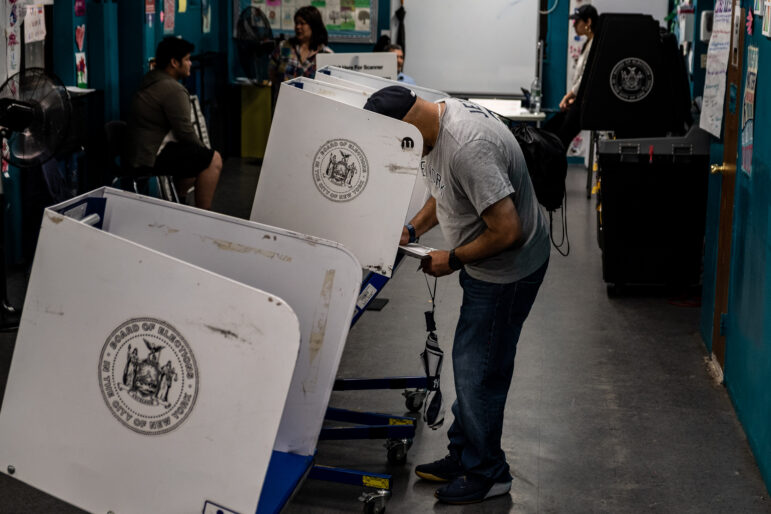
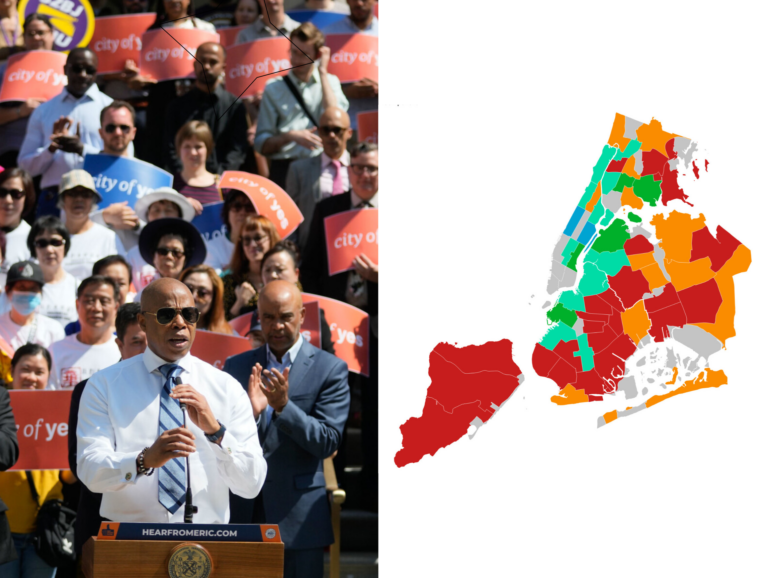
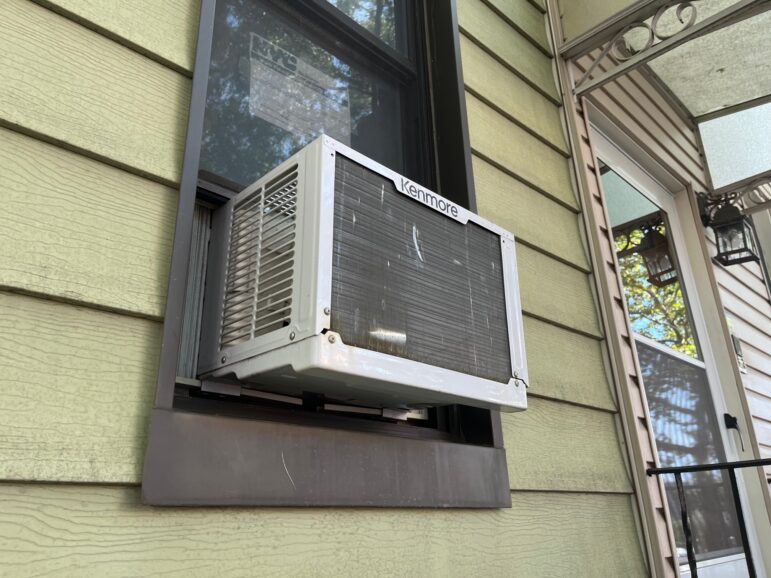
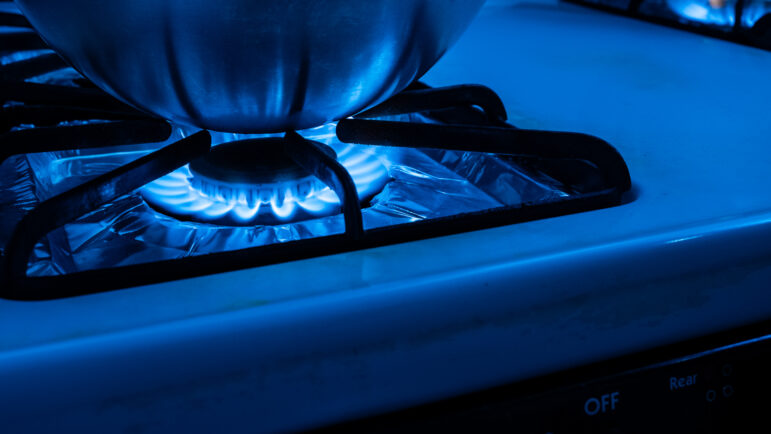
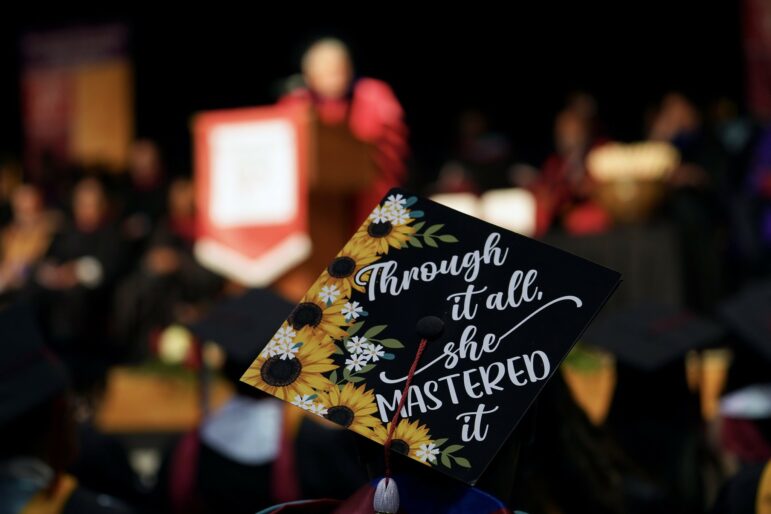


7 thoughts on “East Harlem Braces as Next Phase of 2nd Avenue Subway Nears”
Don’t extend the 2nd Ave subway, which was a multibillions dollar project and the most expensive subway on record, and will dislocste and disrupt lives and business. Existing subway lines need repair and accessibility. Look to models of light rail and the difference in price, disruption, and impact. Many European cities , even New Jersey, now improving transportation with light rail.
There is far too much transit demand for light rail. The SAS will eventually connect to the Bronx too. You must also think about congestion on the streets.
Pingback: 125th Street in East Harlem ~ a Work in Progress? – GothamToGo
Oh, now perhaps the MTA will be forced to finally repair the damage their bus stop kiosk at East 106th Street along Second Avenue causes with a puddle 12 feet long blocking the sidewalk with hazardous winter freeze ice conditions that our seniors have to contend with for the past five years.
Pingback: December 14, 2018 – Weekly News Roundup - New York, Manhattan, and Roosevelt Island | Manhattan Community Board 8
I undestand the concerns about gentrification and small businesses being displaced. But I think about the greater good. We need east harlem to advance from it’s current position. New Businesses over here die quickly. Harlem shake and three others were gone almost overnight it feels like. I still puzzled about it’s 2029 date of completion. I hope I am still living here by this time. It didn’t seem like 10 years for the upper eastside, maybe it was. Except they didn’t already have tunnels, and I believe we do in east harlem. I do speculate a rat problem though. Sincerely Ben
Can’t believe it cost more then phase one. Half of phase 2 was build in the 70s then abandoned. All station are build except 125. They need to build a tunnel from 97 st to 100 st and then from 118st to 125 st. What a rip off. Oh did I tell you the abandoned part is a 4 track system not a 2 track system they build in phase one.